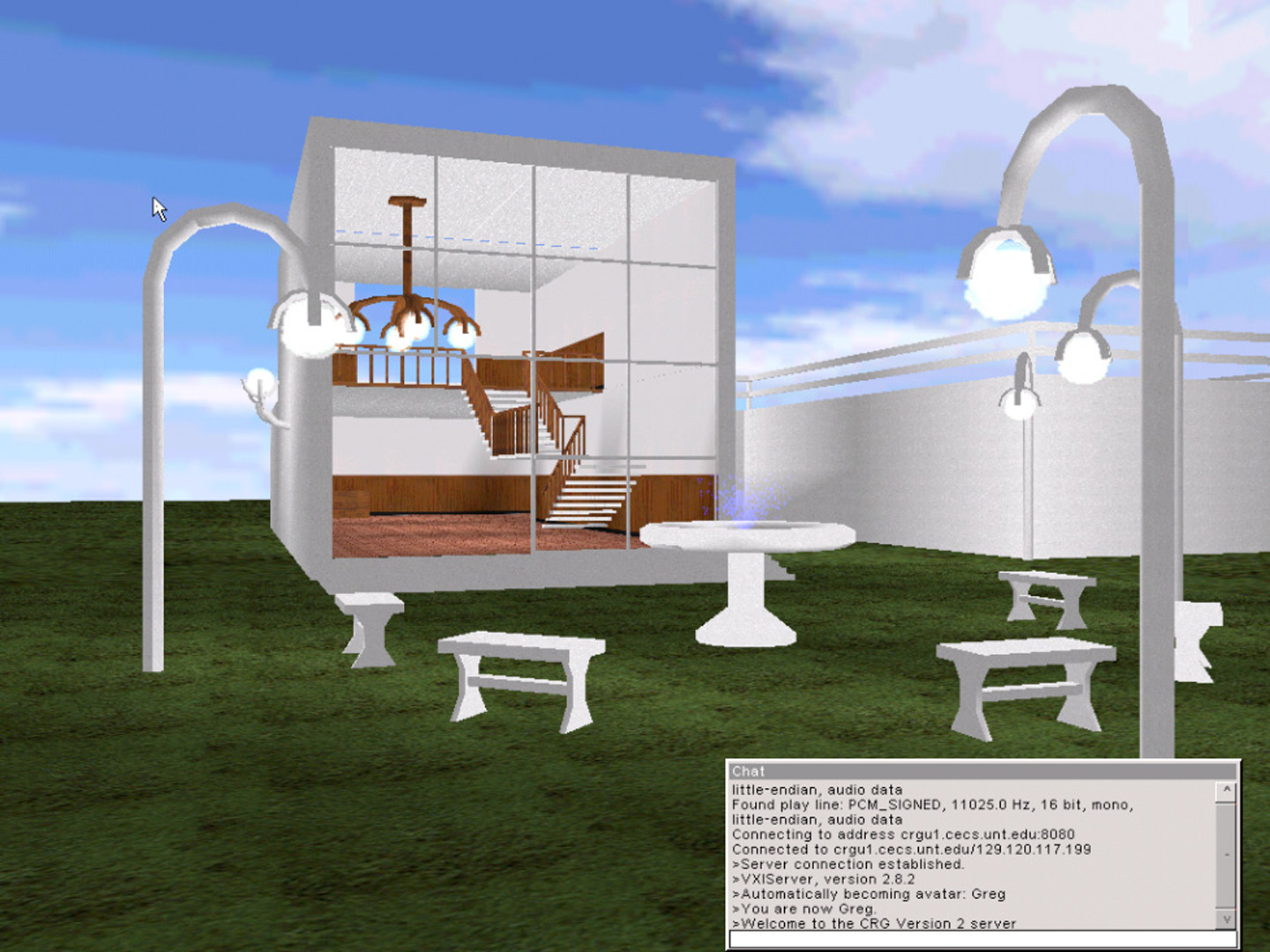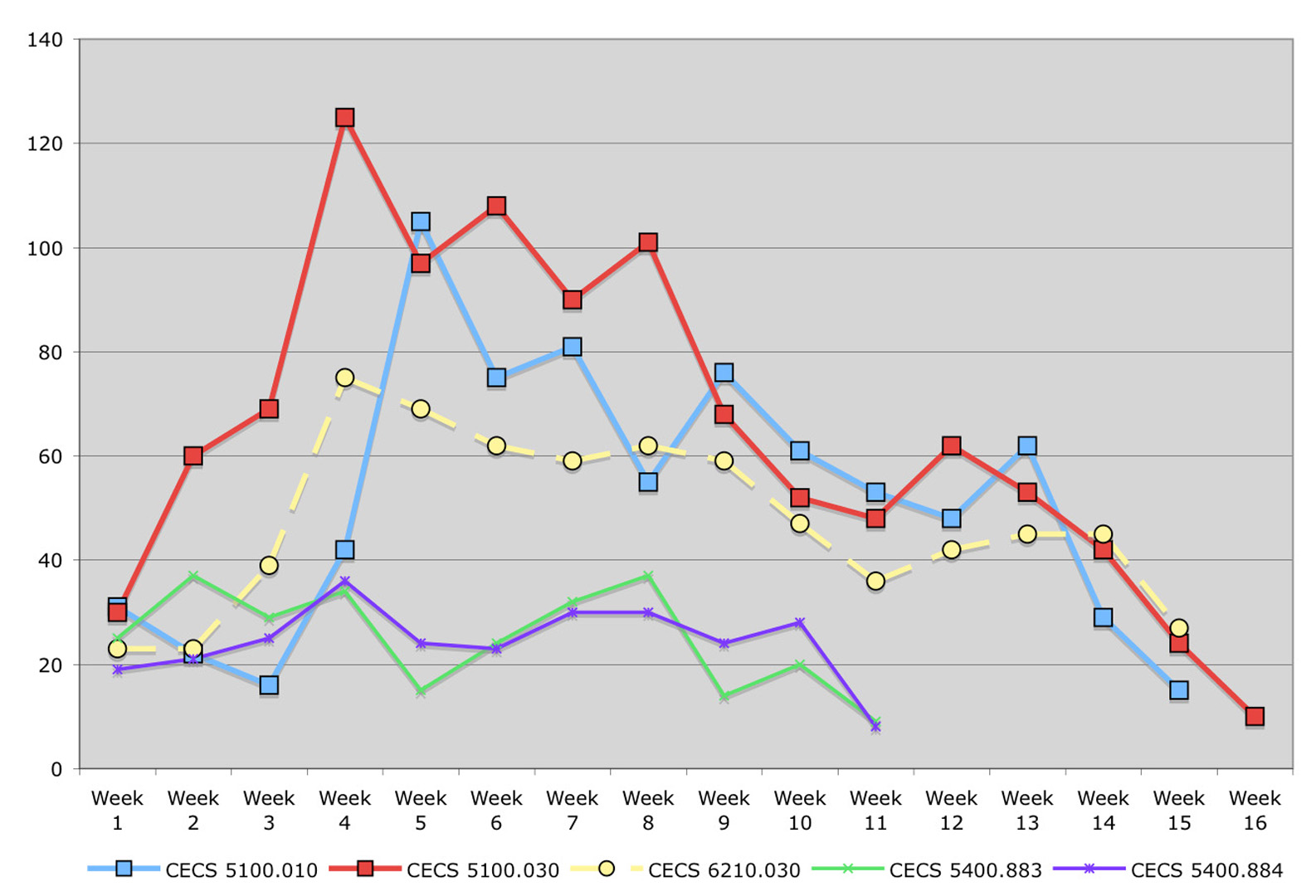“Accelerating Online Discourse via 3D Online Learning Environments” by Jones
Conference:
Type(s):
Title:
- Accelerating Online Discourse via 3D Online Learning Environments
Presenter(s)/Author(s):
Abstract:
Over the last few years the technical entry barriers for students to use 3D online learning environments (Internet, Computer Performance, and Graphics Adapter) have been removed to the extent that deployment now makes economical and instructional sense [Jones 2004b]. However, wide scale deployment of such virtual teaching spaces face new barriers. One of the most profound is the perception that 3D belongs to the world of online gaming [Lombardi and McCahill 2004]. Additional barriers include cost of content development, content migration to new systems in the future, and establishing new paradigms for course delivery that allow for both behaviorist and constructivists pedagogy [Jones 2004a].
For those of us writing various papers about 3D online learning environments and it potential in education, we can envision a future that contains large-scale environments, where thousands if not hundreds of thousands of students create their own content and participate in social and learning groups. The problem is that today few universities and schools are ready or prepared to change from their current educational approaches to a massively interactive online approach. Schools are interested in this technology, but are looking for something that is smaller in scope, less-expensive to install and maintain, holds little risk during early trials, and is used initially in a supplemental role with their existing investments in web-based course systems. In research conducted between 2002 and 2004 that examined the issues and concerns of directors of post-secondary distributed learning programs concerning online methods and technologies the directors indicated that speed of adoption was slow for new technologies because of issues related to how to integrate new technology with existing deployments and the cost of content migration for already invested materials [Jones in press]. This might explain why only 6% of the 316 schools participating in the study indicated that a the institutional level they used some type of text-based MOO/MUD. At the time of the study, none of the participating schools used a more modern 3D interface. Early adopters of 3D online approaches are not found at the institutional level, but at the department and program levels.
With these issues in mind, this paper will discuss the use of a 3D online learning environment being used at the University of North Texas and how it is extending and enhancing established web-based and blended courses. The most notable fact is that web-based courses that use the 3D online system tend to have accelerated and prolonged discourse over the semester. The research presented in this paper is part of a larger research work focused on discourse and cognitive scaffolding for online interactions.





